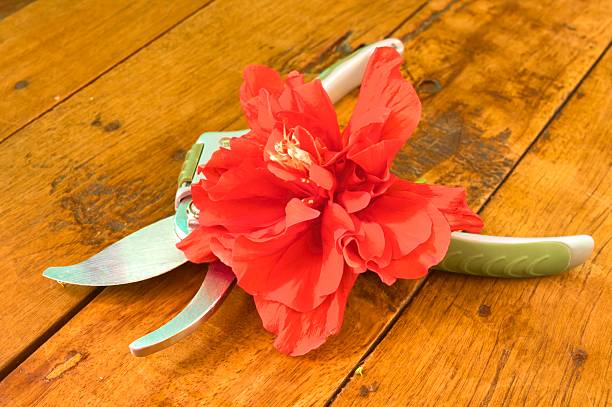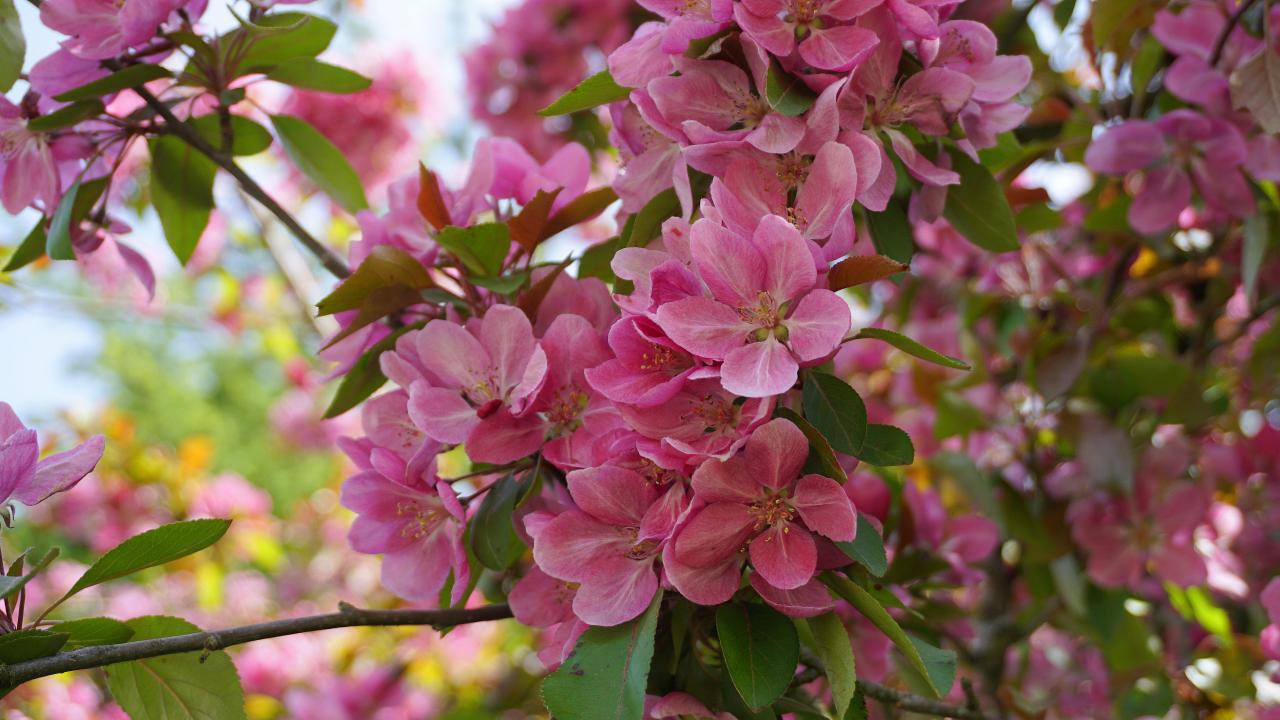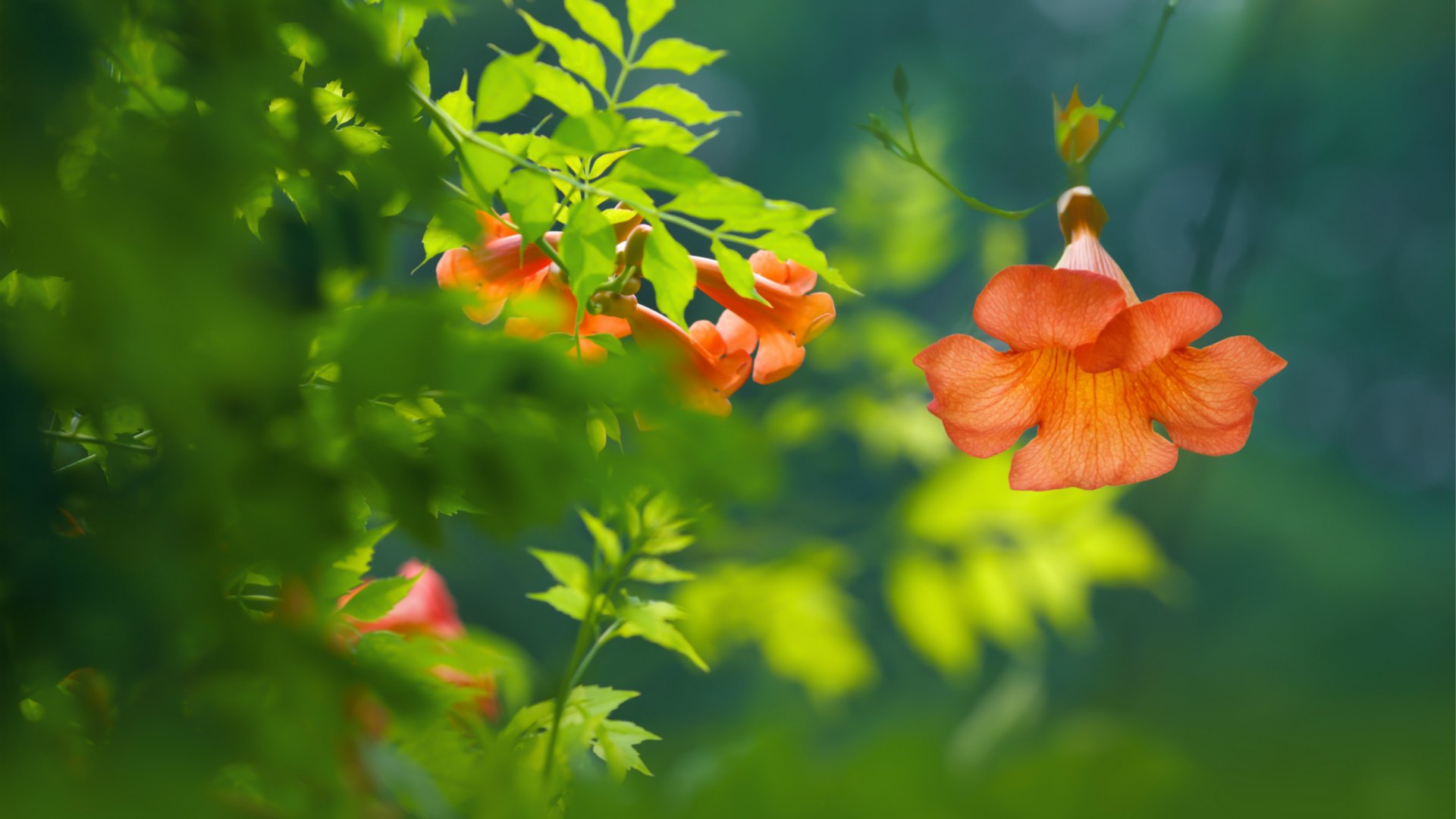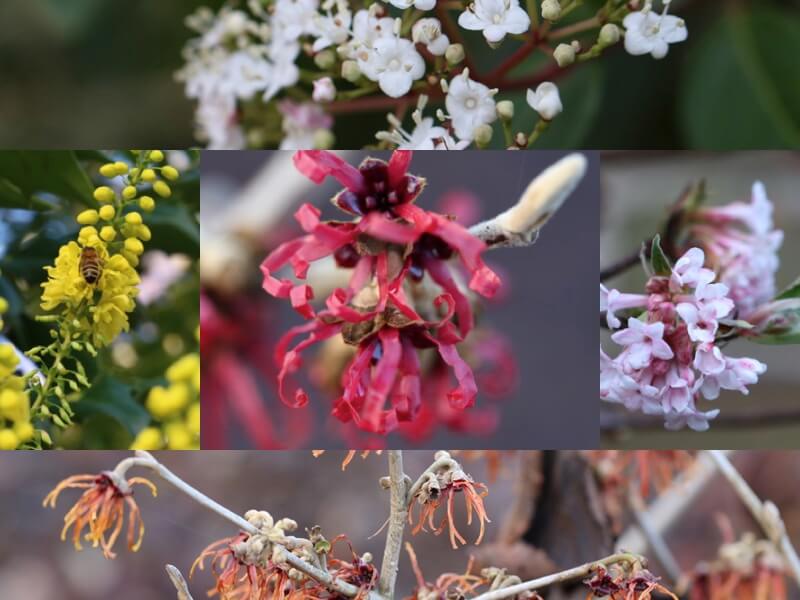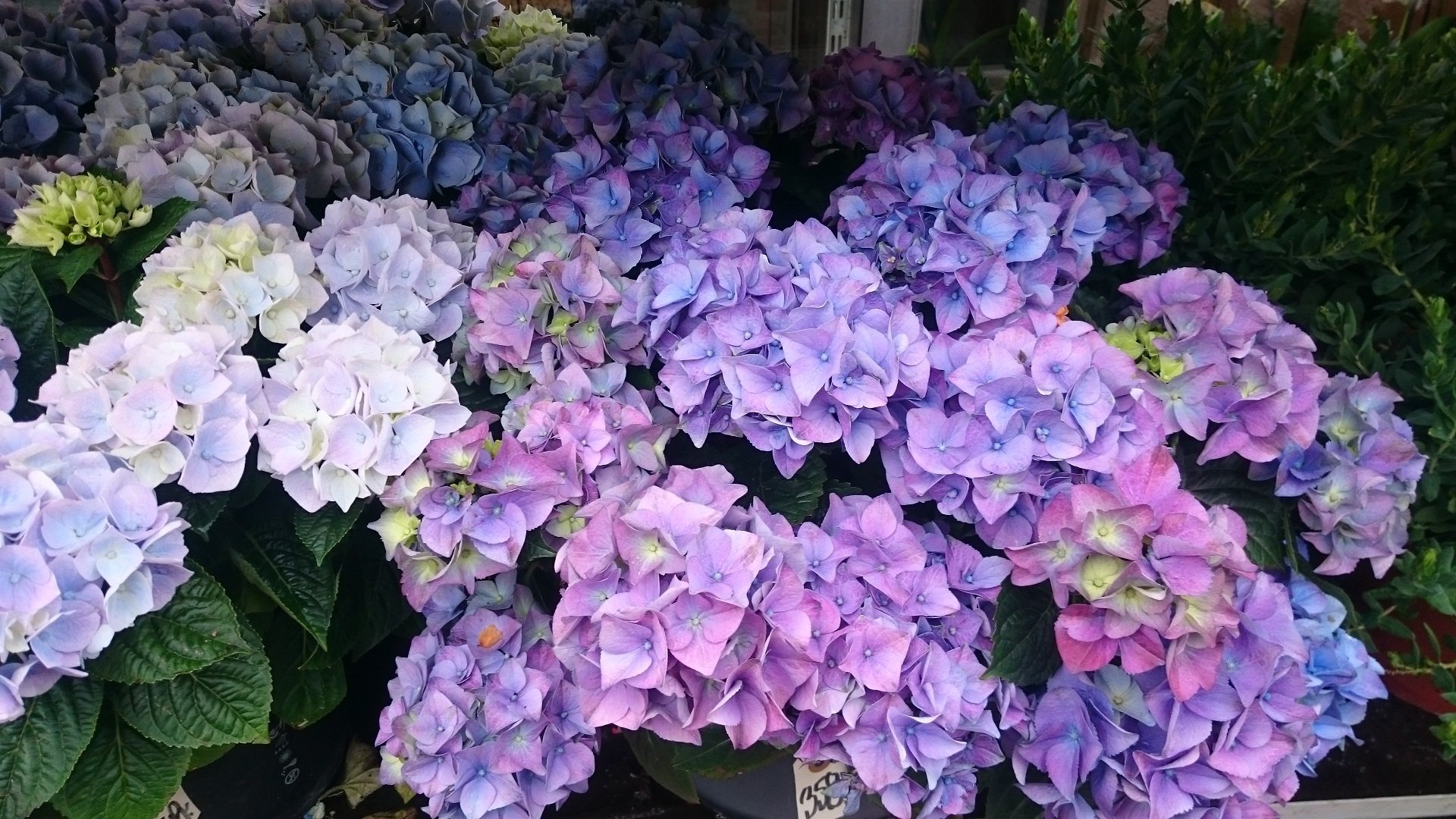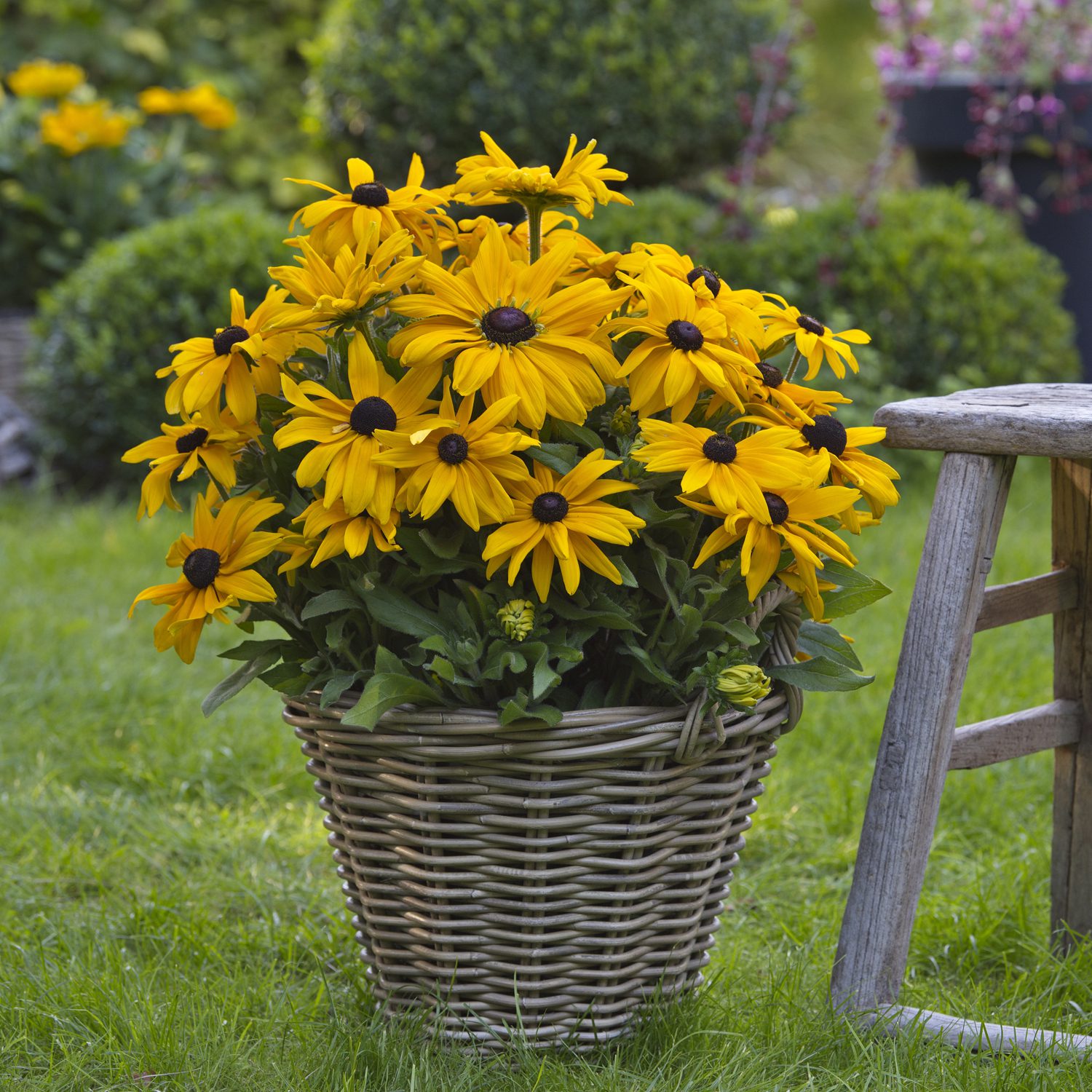How to Care for Escallonia ‘Red Claws’: A Complete Guide
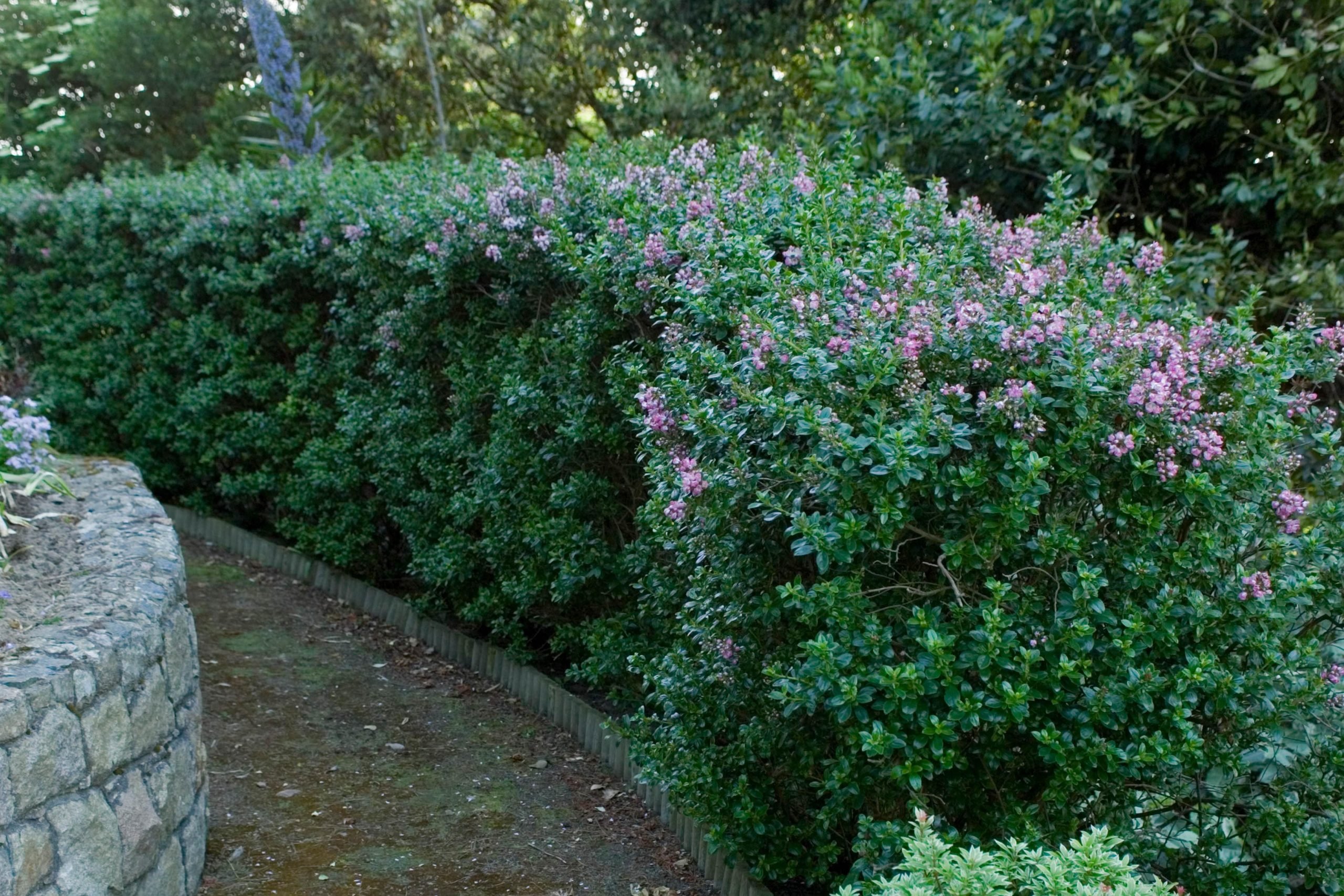
Table of Contents
Changing the exterior of a house can be difficult without getting an expensive paint job. Another way around it is to work on your garden or lawn. A green expanse instantly makes the whole house look more wholesome. And if not a whole garden, why not introduce the red claws plant?
The red claws plant is the perfect shrub to make a home look picture-perfect without much effort. They effectively soften your house and its hard lines with their greenery. And even though the shrub needs very little care, it can still be confusing for novices. In this article, we talk about the Escallonia plant and its needs so that you can take care of it properly.
Escallonia: An Overview
The Escallonia shrub serves a dual purpose when it is planted around a house. Not only does it save the house from harsh elements, but it is also quite aesthetically pleasing. The beautiful flowers change the scenery in one go and often border the hedges of the UK in summer and autumn.
|
Botanical Name |
Escallonia rubra |
|
Common Name |
Red Claws / Red Escallonia |
|
Type |
Shrub |
|
Height |
3 to 10 feet (1 to 3 m) |
|
Flowers |
Five-petalled red, pink, or white flowers |
|
Foliage |
Evergreen, glossy, leathery, toothed leaves |
The red claws plantoriginates from Southern America, especially in certain regions of Chile and Argentina. But nowadays, they are grown everywhere. The evergreen shrub is of the Escalloniaceae family, which has approximately 39 species. The name “red claws” comes from one of these species, the E. Rubra, which is pink or crimson red.
Varieties Of Escallonia
There is a wide range of Escallonias to choose from, the most popular of which are-
Apple Blossoms – They bear pretty, pink-and-white flowers and have small, glossy green leaves.
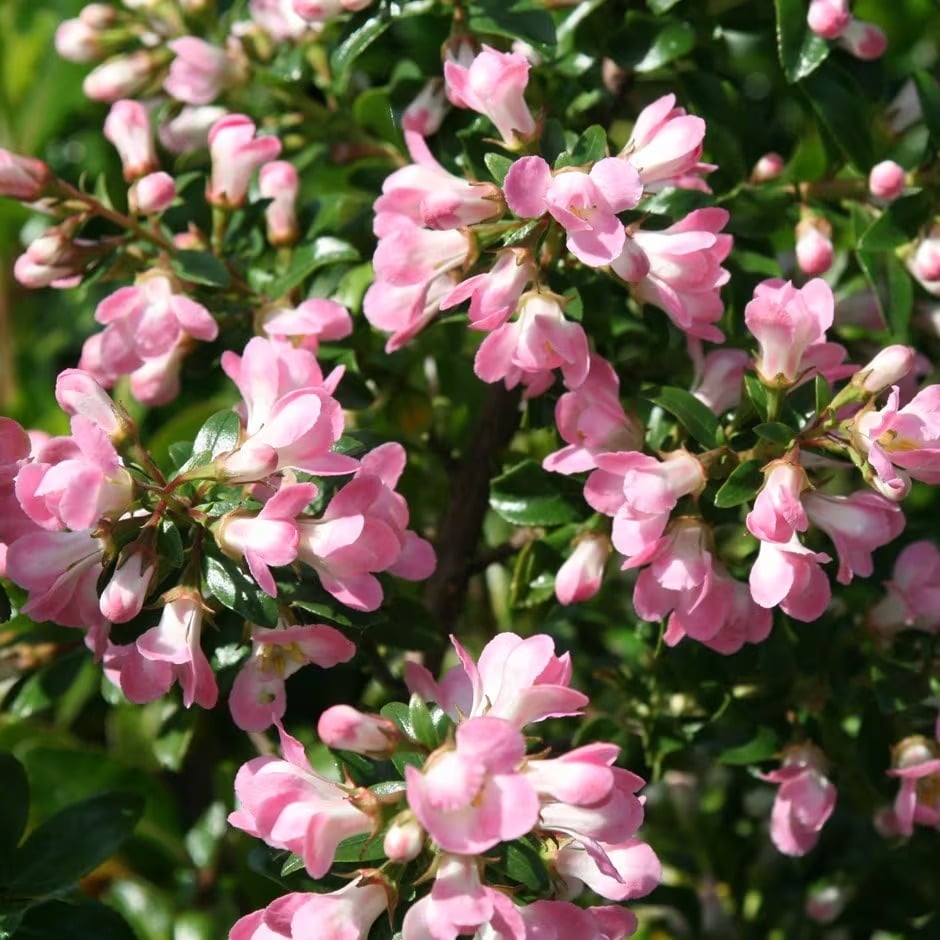
Donard Seedling – The hardiest of escallonias and are excellent for hedges. They bear pale pink flowers against small green leaves.
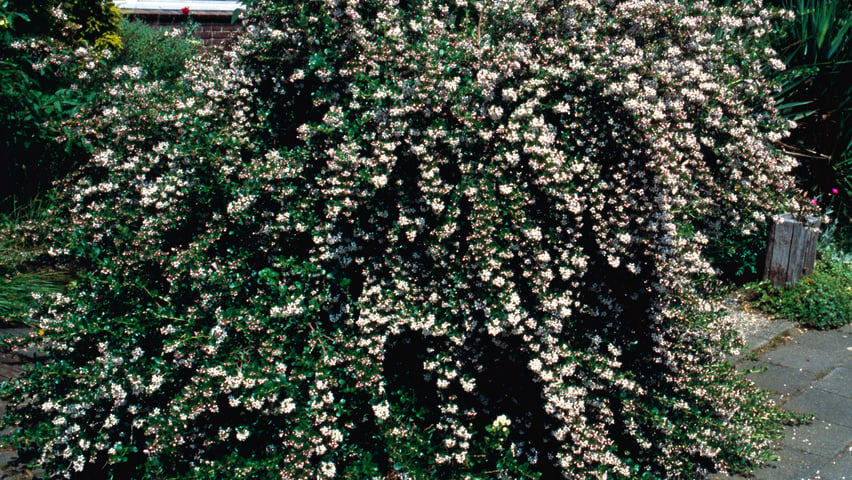
Golden Carpet – This escallonia is known for being eye-catching and colourful with bright foliage. The new growth is orange-red, which then turns yellow and then matures to mid-green. This, along with its pink flowers, creates a big contrast.
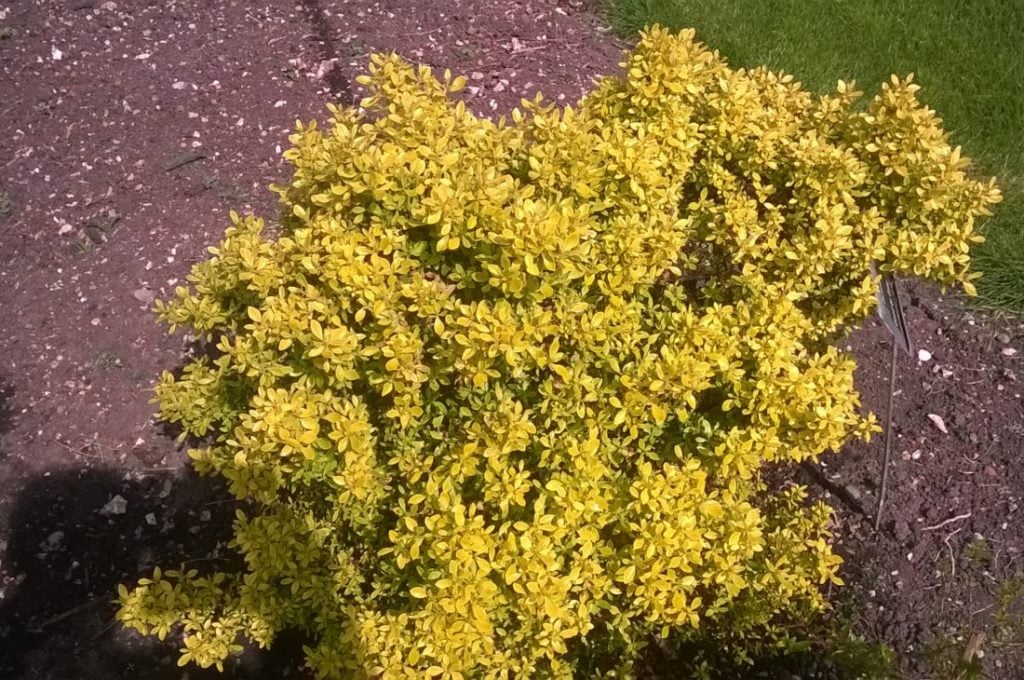
Iveyi – This shrub bears stark clusters of pure white, scented flowers with handsome larger-than-usual green leaves. But this variety is not at all hardy and needs a sheltered site.
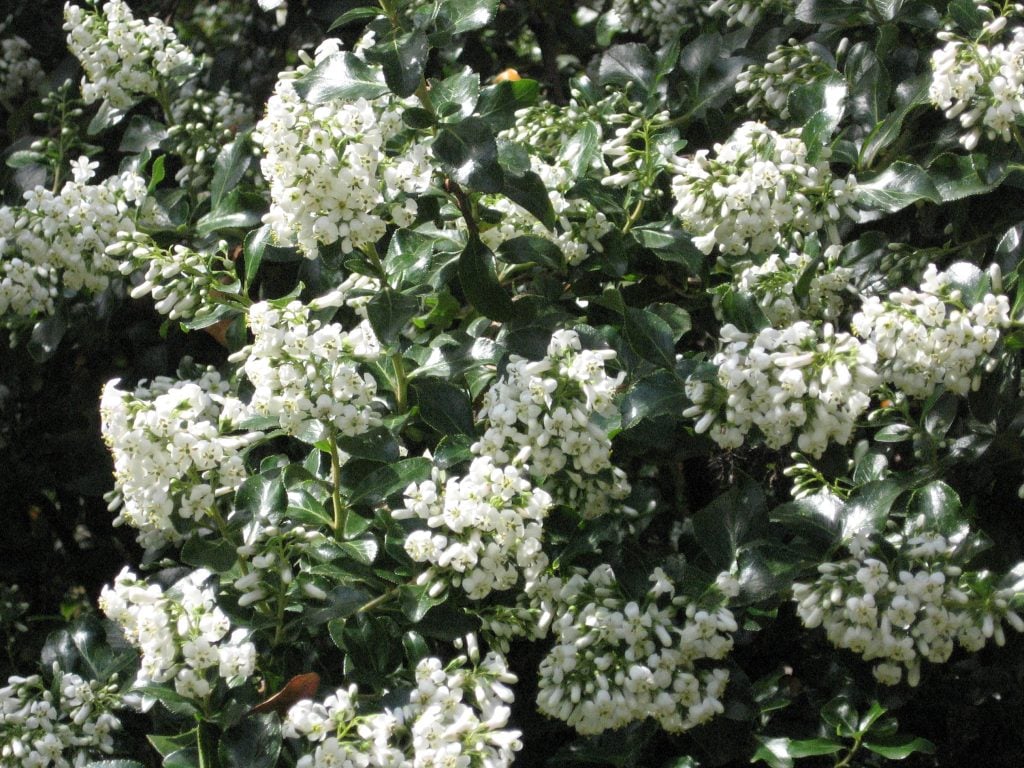
Pink Elle – This plant is compact and has large heads of pink flowers early on during summer. But after this comes a smaller flush of flowers in early autumn.
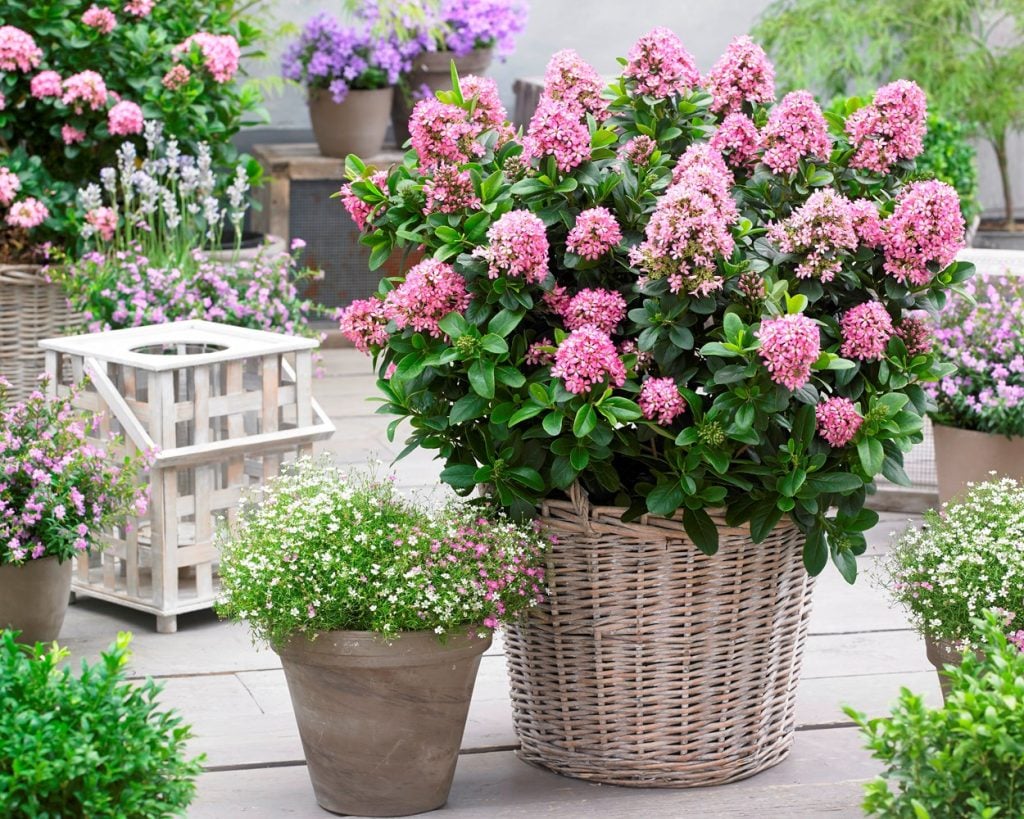
Escallonia Rubra or the Red Claws plant – These shrubs are known for their rosy-red flowers with small green leaves and are most commonly used in hedging.
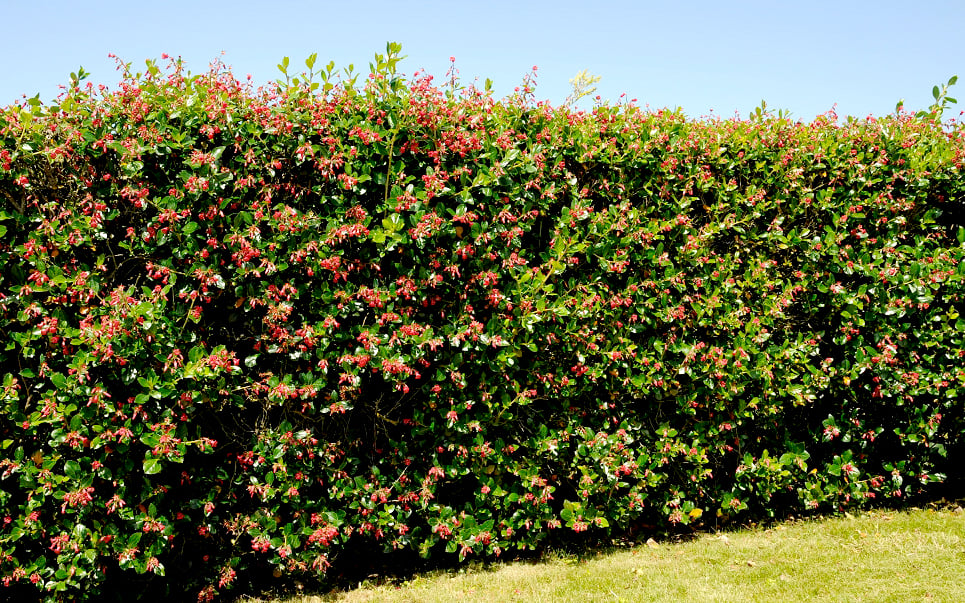
Care Guide for The Red Claws Plant
The best thing about the Red Claws is that it has a hardiness rating of H4, meaning it is quite sturdy. The shrub requires very little care to get the blossoms flowering and grows quite well in most parts of the UK. Once you have planted it, you just need to make sure it has enough sunlight to thrive.
Soil
Thered claws plant is one of the easiest hedges to grow as they bloom in any kind of soil. It will thrive in any kind of pH and even in clays, sand, loam, and chalks. All the soil needs is to be well dug, friable, and well drained.
Water
The maximum care Escallonias needs is during the early stages. During this period, the soil has to be watered regularly so it is slightly moist at all times. As escallonias are often planted during sunny seasons, the weather is often prone to droughts. But at least for the first year, the soil should never go dry during watering.
But once the roots have taken a firm hold and the plant has grown, it will need relatively less care. So, only water it extra when the weather is too hot, and there are chances of a drought. Escallonia’s water needs also depend on its planting location, as potted plants need more water than garden ones.
Fertilizer
Escallonias are hardy plants and can grow beautifully with little care. But to give it a boost during the beginning, add a little fertilizer to the soil before planting. You can use the basic bone, fish meal, and blood fertilizers for that extra step.
To make the flowers more vibrant, use mineral fertilizers during the flowering season. Twice a month should be enough to ensure a proper bloom. As for the winter, use well-rotted manure to keep the soil full of nutrients.
Pruning
Hedges often need pruning to make them look neat and distinguished. Unrestricted growth could also lead to diseased or dead wood. Thus, pruning is a good way to contain the damage and make the shrub look evergreen; for the red claws plant, which is a fast grower, cutting once or twice is recommended.
Pruning also makes the shrub look much denser, and foliage gets a more intense bool. As for the timings, you can use the shears once at the end of winter to snip away any dead branches and reshape them. After summer and the blooming ends, you can also snip away the excess. For the hedges, you can use a hedge trimmer but remember to use long shears as well. Many gardeners prefer pruners for the larger branches.
Planting the Shrubs
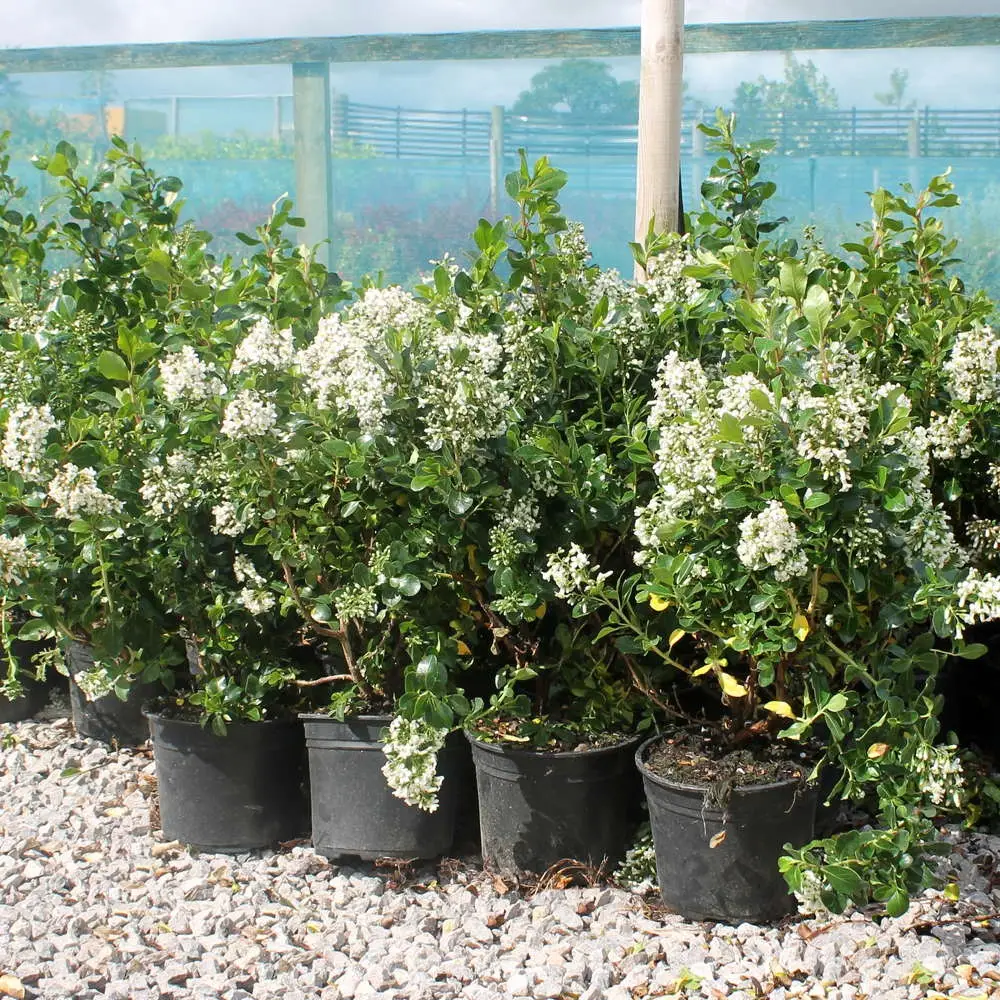
The best time to plant the Escallonia plants is the months of March to October. This is done to make sure the plant gets as much sunlight as possible. The frost can also be fatal for the seedling, so winter is generally avoided.
Many prefer planting the seeds during fall so that the roots can deepen throughout winter. This way, the plant can grow properly throughout spring, and you can show off your luscious hedges during summer. But if you do not wish to risk it, planting during spring also works wonders. Just make sure the shrub has enough water at the beginning.
Upon planting, the shrub just needs a little water and a lot of sunlight. You should keep watering till the escallonias have taken hold. And after that, just sit and let it bloom. If you are creating a hedge, make sure to plant the seeds 30–40cm apart to allow ample growth and root establishment. Depending on your available space, you can either plant in single rows or go for doubles.
Escallonia plants grow very fast, almost 50 cm a year for the first years. Overall they may grow to be 2.5 to 4 m tall and equally wide. Because of their growth and hardiness, most UK houses prefer to plant them as hedges or border plants. But it should be remembered that to become fully developed hedges, the red claws plant takes about 5 to 10 years.
Where to Plant
Escallonias thrive under the full sun. So while planting the seedlings, keep in mind the general weather of your location. The sunny, sheltered spot of the garden is the best place for the red claws. Your hedge can be south, west, or east facing, but never north, as in the UK, that side gets enough sunlight.
The choice of location is nothing too complicated. You just need to make sure the seedlings are protected from the cold elements. And even though young shrubs can die due to harsh winter conditions, escallonias can tolerate the cold till about -10°C.
Propagation
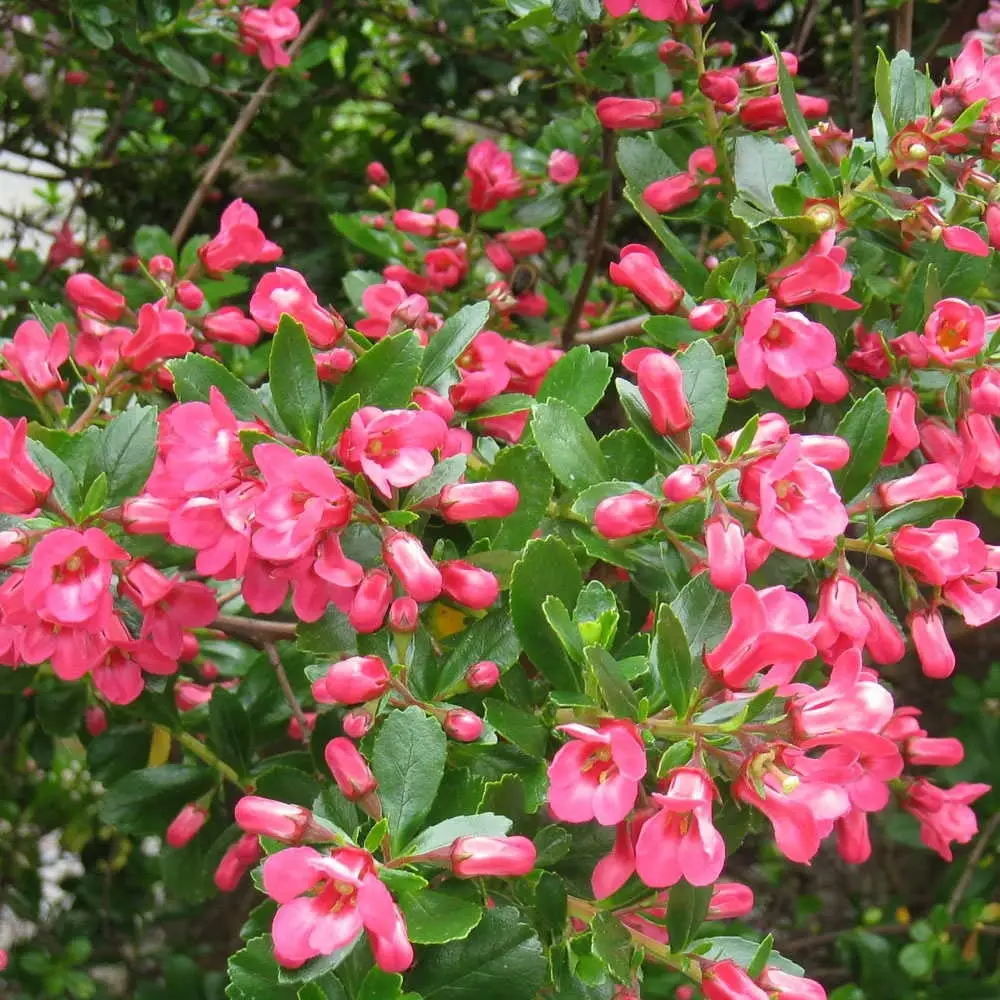
You may try planting seeds to grow your very own escallonia. But the easiest way to start or propagate is by taking a piece of an existing tree. Taking a cutting means the plant is being multiplied by vegetative or asexual propagation.
Different parts of escallonias become ready for cutting during different seasons. In late spring and early summer, it is best to take a piece of softwood. During late summer, a semi-hardwood cutting is taken. And lastly, hardwoods are taken during autumn.
To take a cutting, go out early during the day when the plant is the most turgid. The cutting should also be a 10cm long, non-flowering shoot and should be cut with a sharp knife just above the bud. You should try to plant the cutting as soon as possible, but it also lasts for 12 hours in the fridge.
The cutting should also be planted in a container, but first, dip the base into a rooting hormone. The container should also be filled with compost, watered well, and kept covered in a warm location. The container will also need ventilation, so remove the covering multiple times a week.
Make sure to keep the soil moist while getting rid of dead parts. After about 8 to 10 weeks, the cutting would have grown enough to take root. Then you can shift the tiny plant to your garden.
The Most Common Problems
The red claws plant is quite sturdy and can withstand a lot. But some common problems often occur, which are mainly of 2 kinds.
Escallonia Leaf Spot
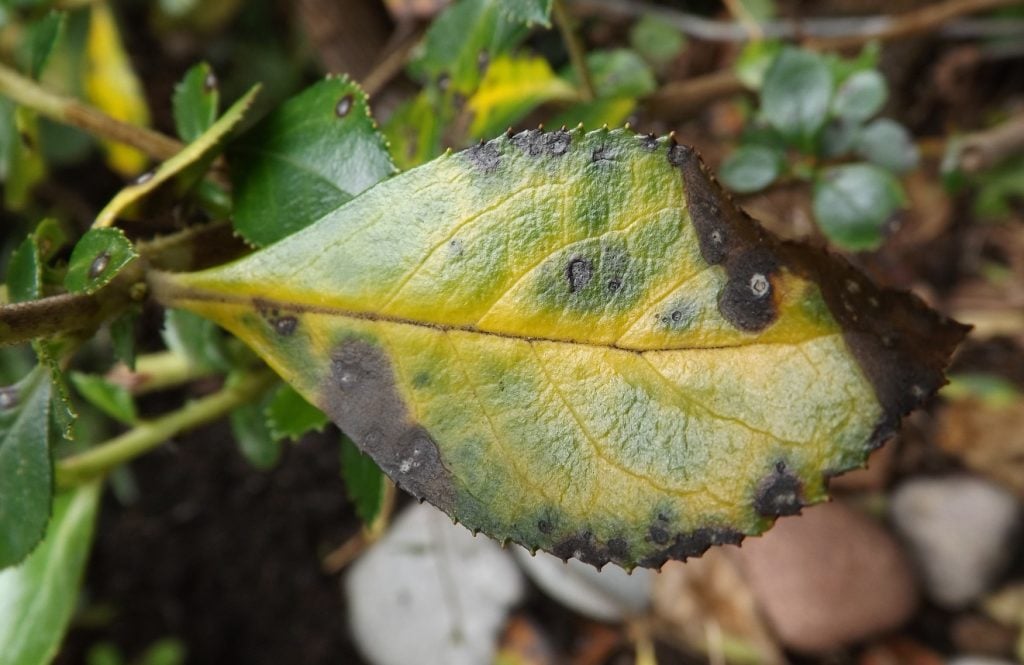
Leaf spots are a new type of fungal disease that has started affecting the escallonia shrubs. The disease often causes purple and black spots with white centres to appear on the leaves. As the issue evolves, the leaves start getting yellow and dying off of the plant. It usually happens during the summer but may strike your plant at any time.
To save your red claws plant, keep a keen eye on the leaves. But as soon as you start seeing spots, remove the infected part from the plant immediately. Prune the plant hard to ensure the disease doesn’t spread further. Also, keep a fungicide handy to battle the disease.
Scales
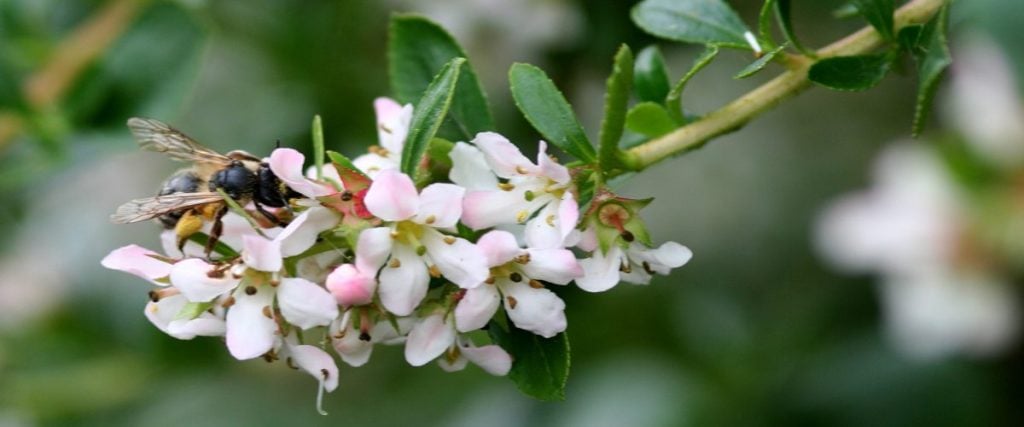
Insects like scales also cause a lot of issues for ornamental plants like escallonias. They leave bumps and sticky substances on the leaves, which distorts foliage growth. To treat a scale invasion, you can buy organic sprays as pesticides. Just make sure to spray before the flowers bloom so as not to harm the pollinators.
Wrapping Up
A lush green shrub with lots of flowers can change the look of your house dramatically. And to get that, most people in the UK opt for Escallonias. These shrubs are undoubtedly beautiful, but many people do not know the care that goes into maintaining them.
The red claws plant is sturdy and can go through a lot, but it is important to remember a few key tips, like watering. The sun, too, plays an important factor in its growth. But with enough sunlight, a little pruning, and sufficient water, your shrub will dazzle everyone. Subscribe to our newsletter to learn all the secrets and tips for gardening.
Frequently Asked Questions
What Are the Best-Growing Conditions for Escallonia?
The red claws plant grows the best when the soil is well drained and rid of sand, clay, chalk, and loam. The soil could be anything, from acidic to alkaline and pH balanced, for a great crop.
What Is the Best Position for Escallonia?
The best position to plant escallonia is under the full sun. The common variety thrives in containers as well. But for locations prone to cold winds, it is better to plant them in the shelter of a fence.
Can Escallonia Be Transplanted?
When compared to other popular shrubs, escallonias can be easily transplanted and shifted to somewhere now. However, the best time to do so would be during the winter months. A large container like a wooden garden planter would suit the purpose very well.

